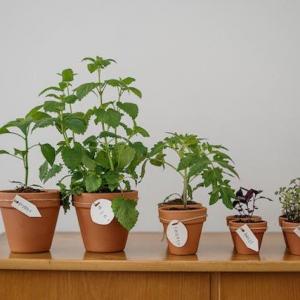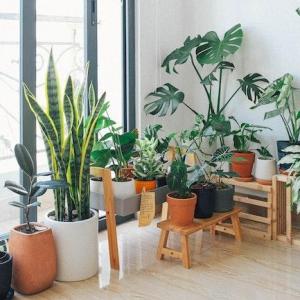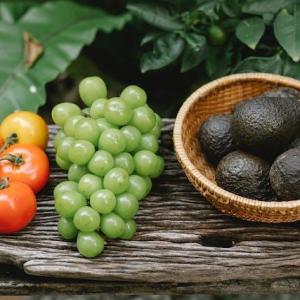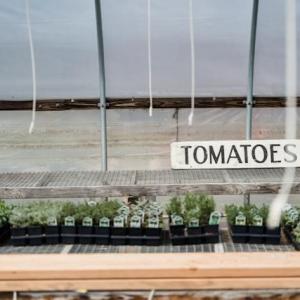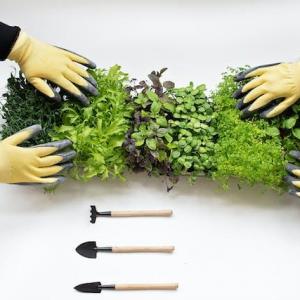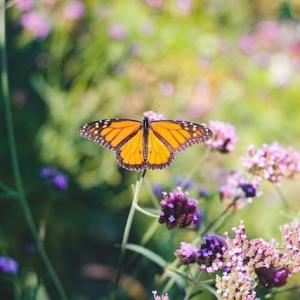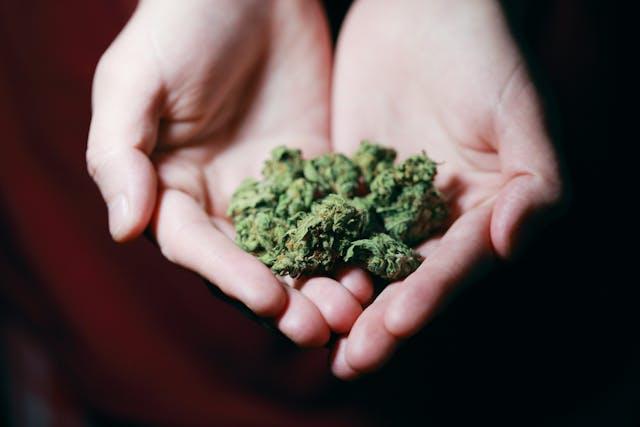
Understanding Medicinal Gardens:
Historically, medicinal gardens trace back to ancient civilizations, where people recognized the healing properties of certain plants. The concept has evolved, incorporating traditional knowledge and modern scientific understanding. Today, medicinal gardens serve as a bridge between nature and health, promoting the cultivation of plants that can contribute to physical and mental wellness.Benefits of Medicinal Gardens:
1. Accessibility:Medicinal gardens provide an accessible and sustainable source of natural remedies. Growing medicinal plants at home empowers individuals to take charge of their health while reducing reliance on synthetic pharmaceuticals.
2. Connection with Nature:
3. Educational Opportunities:
Medicinal gardens serve as living classrooms. They offer hands-on experience for learning about the healing properties of various plants, their historical uses, and how traditional knowledge aligns with modern herbalism.
4. Environmental Impact:
By cultivating medicinal plants at home, individuals contribute to environmental sustainability. This practice reduces the demand for chemically produced pharmaceuticals and promotes biodiversity by creating habitats for beneficial insects.
Easy-to-Grow Medicinal Plants:
1. Lavender (Lavandula):Known for its calming and aromatic properties, lavender is a hardy plant that thrives in well-drained soil and sunlight. Harvested lavender can be used in teas, sachets, or essential oils, offering relaxation and stress relief.
2. Aloe Vera (Aloe barbadensis miller):
This succulent is not only easy to grow but also a versatile healer. The gel inside its leaves is a natural remedy for burns, cuts, and various skin irritations.
3. Peppermint (Mentha x piperita):
A refreshing herb that aids digestion, peppermint is low-maintenance and can be used to make invigorating teas. It's known for alleviating indigestion and nausea.
4. Chamomile (Matricaria chamomilla):
With delicate flowers and calming effects, chamomile is a great addition to any garden. Harvested flowers can be used to make a soothing tea that promotes relaxation and helps with sleep.
5. Rosemary (Rosmarinus officinalis):
This fragrant herb not only enhances culinary dishes but also possesses antioxidant properties. Rosemary can be used in teas or as a seasoning, providing both flavor and health benefits.
6. Calendula (Calendula officinalis):
Recognized for its vibrant flowers, calendula has anti-inflammatory properties. It can be used in salves, creams, or infused oils to soothe skin irritations and promote healing.
Tips for Starting Your Medicinal Garden:
1. Choose the Right Location:Most medicinal plants thrive in well-drained soil and sunlight. Select a location in your garden that receives at least six hours of sunlight per day for successful growth.
2. Start with a Few Plants:
If you're new to gardening, begin with a small selection of easy-to-grow medicinal plants. Herbs like mint, basil, and chamomile are excellent choices for beginners.
3. Research Plant Uses:
Before planting, delve into the traditional uses and preparation methods of each medicinal plant. Understanding how to use these plants ensures you can maximize their therapeutic benefits.
4. Practice Sustainable Gardening:
Embrace organic and sustainable gardening practices. Avoid synthetic pesticides and fertilizers to ensure the purity of your medicinal plants and minimize environmental impact.
5. Harvest Mindfully:
Learn the proper techniques for harvesting and drying medicinal plants. Harvesting at the right time preserves the potency of the plant's therapeutic compounds, ensuring maximum effectiveness.
Conclusion:
In simple terms, making a medicinal garden is a really rewarding thing to do. It's not just about making your garden look nice; it's about growing plants that can help with your health. When you plant these healing plants, you not only make your outdoor area look better but also give yourself natural ways to feel better.
Article
Be the first comment
Elite Article
1,478 Views
0
0





